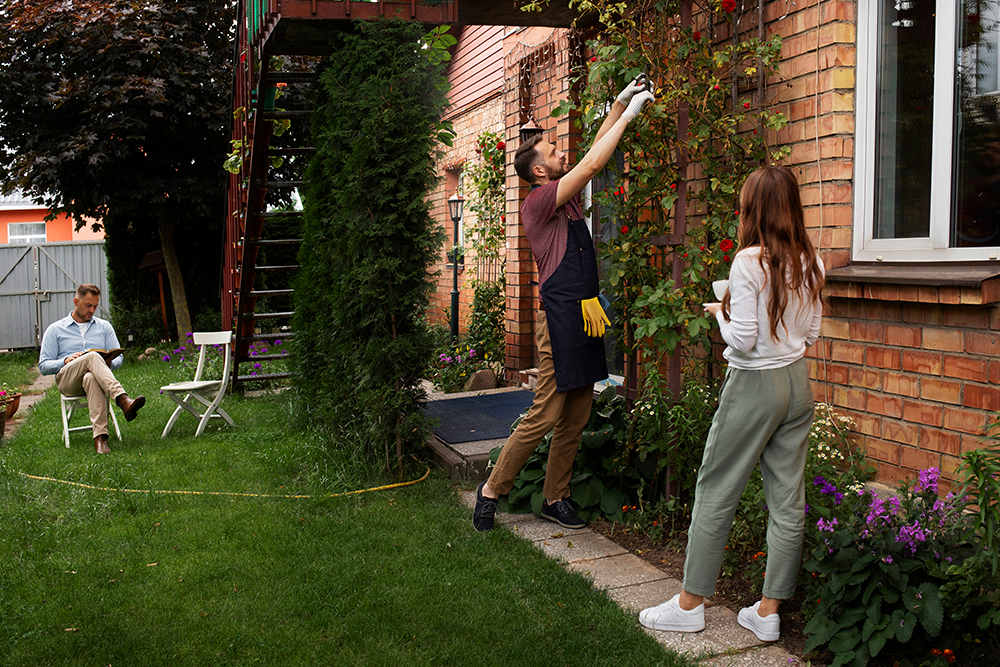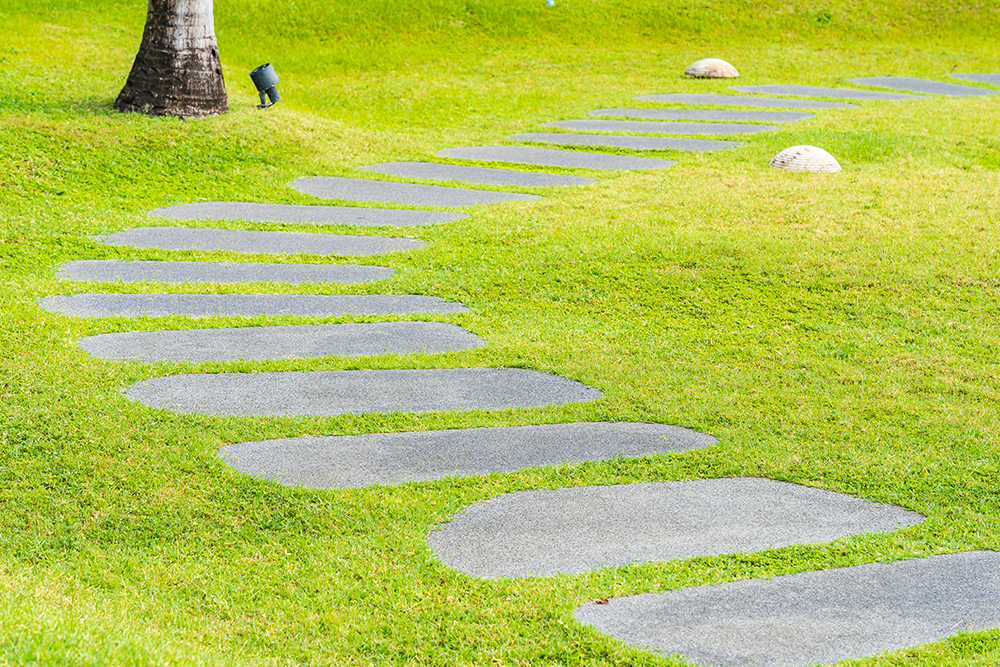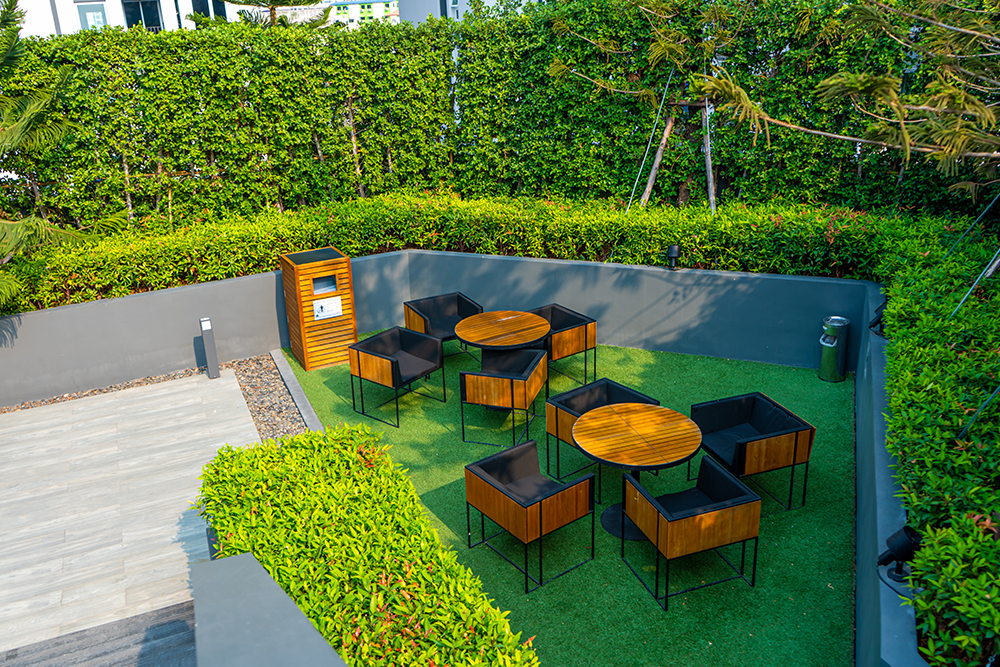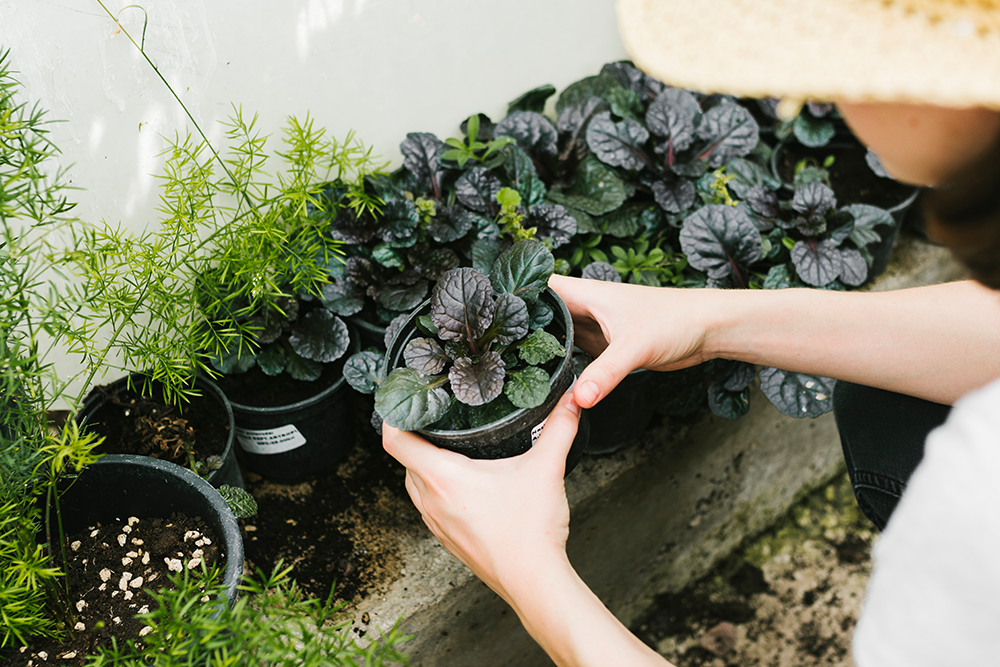Designing a low-maintenance garden doesn’t mean sacrificing beauty or style. With thoughtful planning and strategic choices, you can create a stunning outdoor space that requires minimal upkeep. Whether you have a busy schedule, limited gardening experience, or simply prefer a more hands-off approach, here are some tips for designing a low-maintenance garden:
Choose the Right Plants:
Selecting the right plants is key to low-maintenance landscaping. Opt for native or drought-tolerant plants that are well-suited to your climate. These plants have adapted to local conditions and require less water, fertilizer, and pest control. Look for varieties with a reputation for being low-maintenance, such as succulents, ornamental grasses, and evergreen shrubs. Avoid plants that are prone to diseases, and pests, or require frequent pruning.
Group Plants by Watering Needs:
When designing your garden, group plants with similar watering needs together. This allows you to water more efficiently and avoid over or under-watering. Create separate zones for high-water plants, moderate-water plants, and low-water plants. Consider using drip irrigation systems or soaker hoses to deliver water directly to the root zones of plants, minimizing water waste and reducing the need for frequent watering.
Mulch and Weed Control:
Applying a layer of mulch around your plants offers numerous benefits. Mulch helps retain moisture, suppresses weed growth, regulates soil temperature, and enhances the overall appearance of your garden. Choose organic mulch, such as wood chips or bark, which breaks down over time and enriches the soil. Apply a thick layer (2-3 inches) of mulch around plants, leaving space around the stems to prevent moisture buildup and potential rot.
Minimize Turf Areas:
Reducing the amount of lawn in your landscape can significantly decrease maintenance requirements. Lawns require regular mowing, watering, and fertilizing. Consider replacing large expanses of grass with low-maintenance alternatives, such as ground covers, gravel or mulch pathways, or native plant beds. Introduce hardscapes, such as patios or decks, to create functional outdoor living spaces and minimize the need for ongoing lawn care.
Smart Planting Design:
Optimize your planting design to minimize maintenance tasks. Create defined and easily accessible beds or borders that are easy to weed and maintain. Use edging materials, such as stones or metal strips, to separate planting areas from lawn or pathways, preventing grass or weeds from encroaching. Incorporate structural elements, such as rocks or boulders, to add visual interest and reduce the need for frequent plantings.
Low-Maintenance Hardscapes:
Integrate low-maintenance hardscapes into your garden design. Consider using materials like gravel, pavers, or flagstones for pathways, patios, or seating areas. These materials require minimal maintenance and provide durable surfaces that can withstand various weather conditions. Incorporate raised beds or containers for planting, as they require less bending and are easier to manage.
Automated Irrigation:
Installing an automated irrigation system can simplify watering tasks and ensure plants receive the necessary moisture without constant manual intervention. Set up timers or use smart irrigation controllers that adjust watering schedules based on weather conditions. Consider using rain sensors or moisture sensors to prevent overwatering and conserve water.
Proper Plant Spacing and Pruning:
Allow enough space between plants to prevent overcrowding and competition for resources. Proper spacing promotes air circulation, reduces the risk of disease, and minimizes the need for frequent pruning. Choose plants that naturally maintain a compact or slow-growing form, requiring less pruning and maintenance.
Low-Maintenance Features:
Incorporate low-maintenance features into your garden design to add visual interest without significant upkeep. Consider installing landscape lighting, which enhances the ambiance and allows you to enjoy your garden during the evening hours. Use decorative rock formations, statues, or water features to create focal points and add a touch of personality to your landscape.
Regular Maintenance:
While the goal is to minimize maintenance, some level of upkeep is still necessary. Schedule regular maintenance tasks, such as weeding, pruning, and fertilizing, to keep your garden in good condition. By staying proactive and addressing any issues promptly, you can prevent small problems from becoming larger, more time-consuming tasks.
Designing a low-maintenance garden doesn’t mean compromising on beauty or enjoyment. With smart plant choices, efficient irrigation, strategic design, and proper maintenance, you can create an outdoor space that requires less time and effort while still providing a beautiful and inviting environment for relaxation and enjoyment.





0 Comments